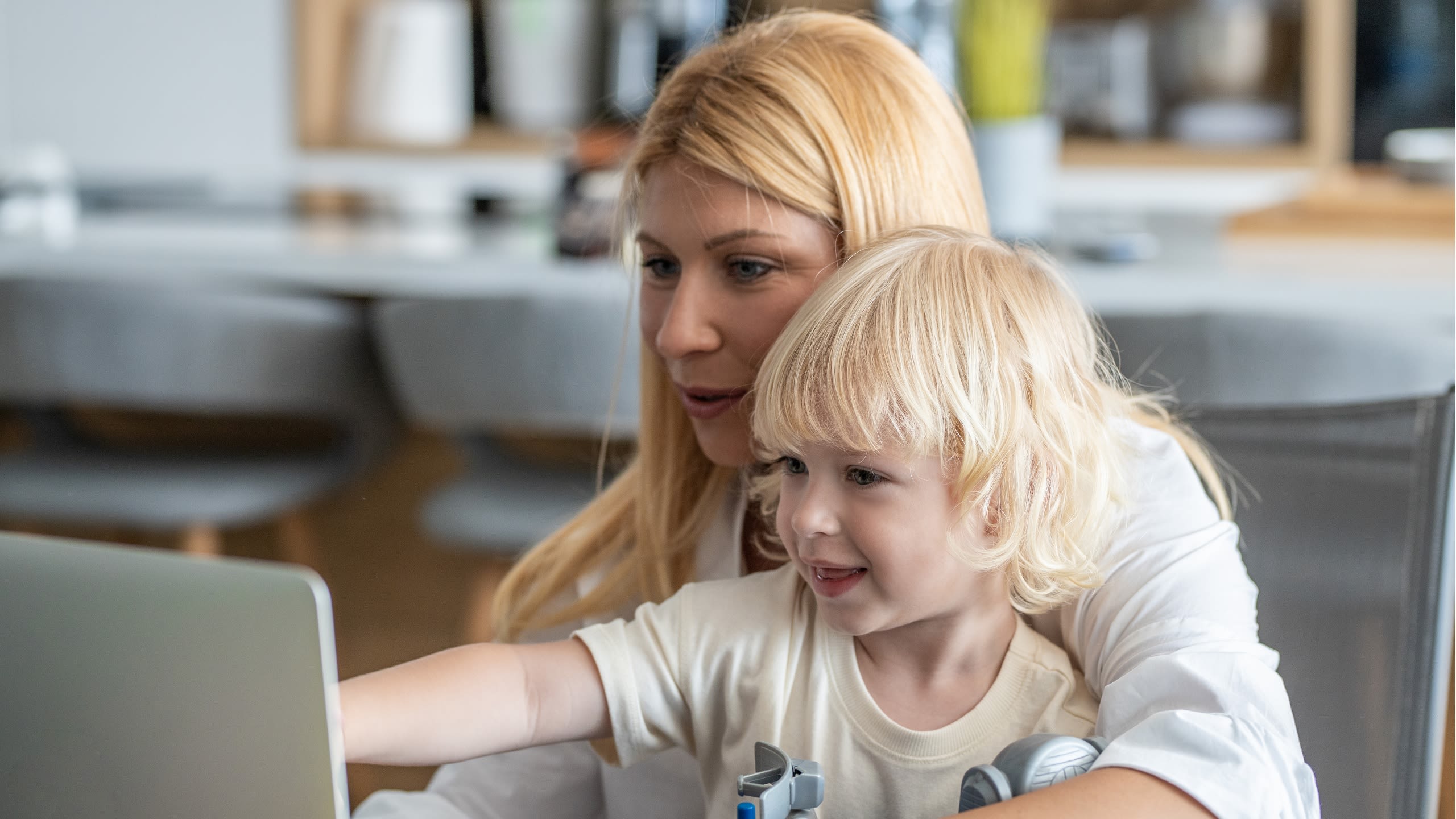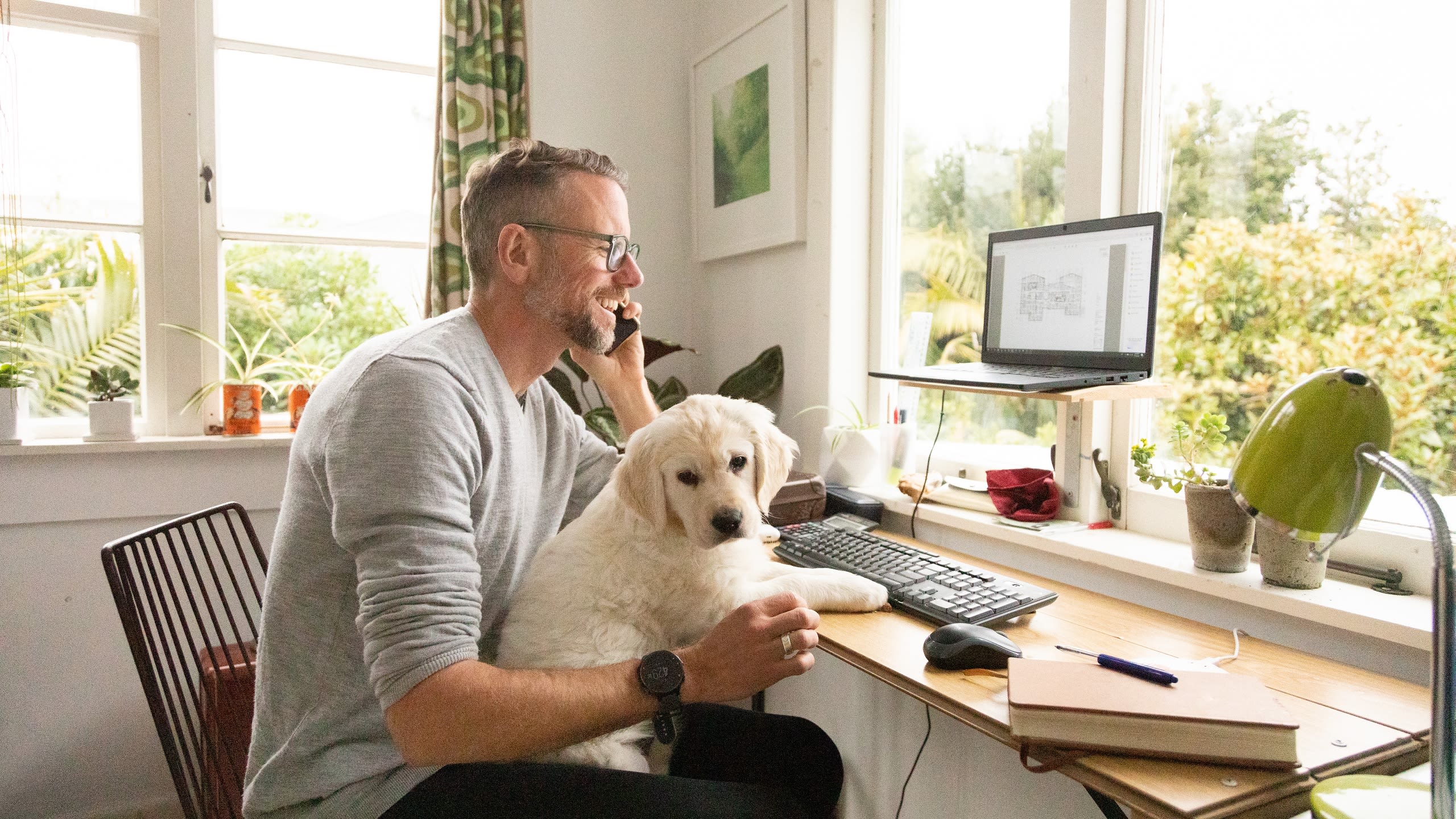How the human touch can build company culture in a world working remotely

After more than a year of working-from-home and virtual meetings, companies around the globe have had to find unique ways to keep their employees engaged and feeling connected to company culture in a world working remotely.
Recent research published in July by global polling firm IPSOS, in partnership with the World Economic Forum, reported that one in four workers around the globe now work-from-home (WFH) more often than before the start of the Covid-19 pandemic. Among the nearly 12 500 employed adults surveyed in 29 countries, the data found that the majority of respondents would prefer to continue working from home for half of their time once the pandemic is declared over.
But the same respondents admitted to missing colleagues and teamwork too: 52% said they miss being around their co-workers, while 38% said their home is a difficult place to be productive, 37% feel disengaged from their work, and 33% feel more burned out by working from home.
While the corporate world wrestles with what is best for productivity and work-life balance in the short and long terms, the same research suggests a "hybrid model" – where there exists flexibility between office work and working from home - will be the preference of most going forward.
With that in mind, corporations globally and locally are faced with the task of reconciling their business needs with the needs and desires of their staff, begging the question: how can companies build and maintain company culture in a world working remotely?
Productivity vs work-life balance

The move towards WFH was initially embraced as the acceleration toward a "new normal" in mid-2020. Now, 12 months later, large US banks such as Goldman Sachs and big technology companies such as Google and Apple are pushing back against the idea, taking a hard-line approach to staff returning to the office this year - citing the adverse effect it has had on collaboration and innovation.
Conversely, other companies such as Citigroup have embraced the new reality, with CEO Jane Foster in March implementing Zoom-Free Fridays and calling for the introduction of a new bank holiday to battle the "always on" culture. And Nike recently closed its corporate offices for a week-long mental health break.
The reason for this seeming conflict could be down to companies trying to reconcile three major issues, believes Cas Coovadia, CEO of Business Unity South Africa. These are: 1) ensuring everyone is working as productively as possible; 2) everyone has an appropriate work-life balance; and 3) everyone can adjust to the psychological shift of no longer interacting with other human beings at work.
These issues will be more or less problematic depending on what industry one works in. BUSA for example, is a non-profit SA company that represents business interests in South Africa, consisting of more than 30 organisational members that represent 95% of all business associations in SA.
"If I look at BUSA, in some instances, we've actually been successful in operating far more optimally virtually. Productivity has been better because participation and interaction has been better virtually. But then there are other parts of my work, such as negotiating with government and labour, that could be more effective in person. I now find myself spending way more time in online meetings and clocking off at 19:30 or 20:00 at night."
"Going forward, a hybrid model will be able to inform how we interchange between physical and virtual work much more effectively."
Hiring new staff

Another challenge has been adding new faces to the workforce during this time. Many employees who started new jobs during the work-from-home experiment have not seen any of their colleagues physically since the start of their tenures.
One senior executive which experienced this phenomenon was Craig Evans, Divisional Executive of Relationship Banking at Nedbank.
"One of the things we are challenged with, if you are new in the labour market and working from home, we really have to facilitate how we assimilate you into our culture," says Evans.
"We’ve got to be very mindful of that as a business: that we have sufficient human touch with the virtual capability we have. We need to ensure that we don't leave anyone behind, and that people don't come in and feel psychologically disconnected from the business."
Balancing technology with the human touch

In order to address some of these staff challenges, Nedbank decided that any practical steps needed to be guided by core work values: putting people and their human needs first by acknowledging their environment.
"In a world working remotely we are effectively trying to solve for staff and client safety, for performance, for convenience and for the human touch; all in this new hybrid format. As we look forward with technology, we are absolutely clear that technology only really works when you have the human touch as well. We had to have a blended approach," says Evans.
This can be done by ensuring the company understands every employee's circumstance – down to the individual.
This can be from their physical work needs, such as procuring chairs, hardware and headsets, to more importantly, understanding their home life.
"We needed to understand that everybody has a different home. Some may have young children to take care of, others may have small homes with a lack of space.
"People are human first, so we had to realise that it’s okay to have your child come and give you a hug during a meeting, or somebody to bring you freshly made pancakes because you are at home. The way that we think about work at home has changed."
Coovadia agrees, saying they too at BUSA have noticed that the optimal way of working has become for staff to develop their own pattern for work while balancing their family needs.
"What we've done is we've allowed those staff members who have children to actually develop their own cadence during the day. We've encouraged them to develop a good programme that works for them and their kids."
As a result, performance is now measured on delivery, rather than time.
Work-from-home culture tips

Once a company is able to define its values, and what takes priority during this time, it becomes easier to implement practical ways to foster engagement and company culture. With that in mind, the experts give four tips to help foster company culture and connection while staff are still working at home.
1. Chat eye-to-eye, from time-to-time
Keep cameras off during online meetings has generally been accepted as the working 'norm'. But having traditional human interaction occasionally helps employees feel connected through body language, eye contact and inflection. "Make use of different types of discussions with cameras on, such as regular virtual 1 on 1's with line managers, virtual team events and authentic Q&A sessions," says Evans.
2. Set meetings during office hours, and not back-to-back
Where possible, a way to challenge the 'always-on' culture at work is to move away from setting meetings outside of business hours, or allowing - and even enforcing - that meetings don't take place back-to-back. "We need to give ourselves the space to read again, to think again," says Coovadia.
3. Use single, shared systems
"Most people are using too many platforms when they work or meet online, and some are using platforms that are not as user-friendly as others," says Coovadia. Investing in a single mode to share documents, join meetings and train employees helps staff communicate better and develop a shorthand.
4. Tell the company's stories and have fun doing so
Don't forget to reflect on and tell the company's stories. Celebrating company successes can be very powerful, be it stories of sales, service, or support, says Evans. Companies can also create fun awards for staff who exhibit the company's values and culture, such as service hero awards, or weekly "shout-outs" for good work.






